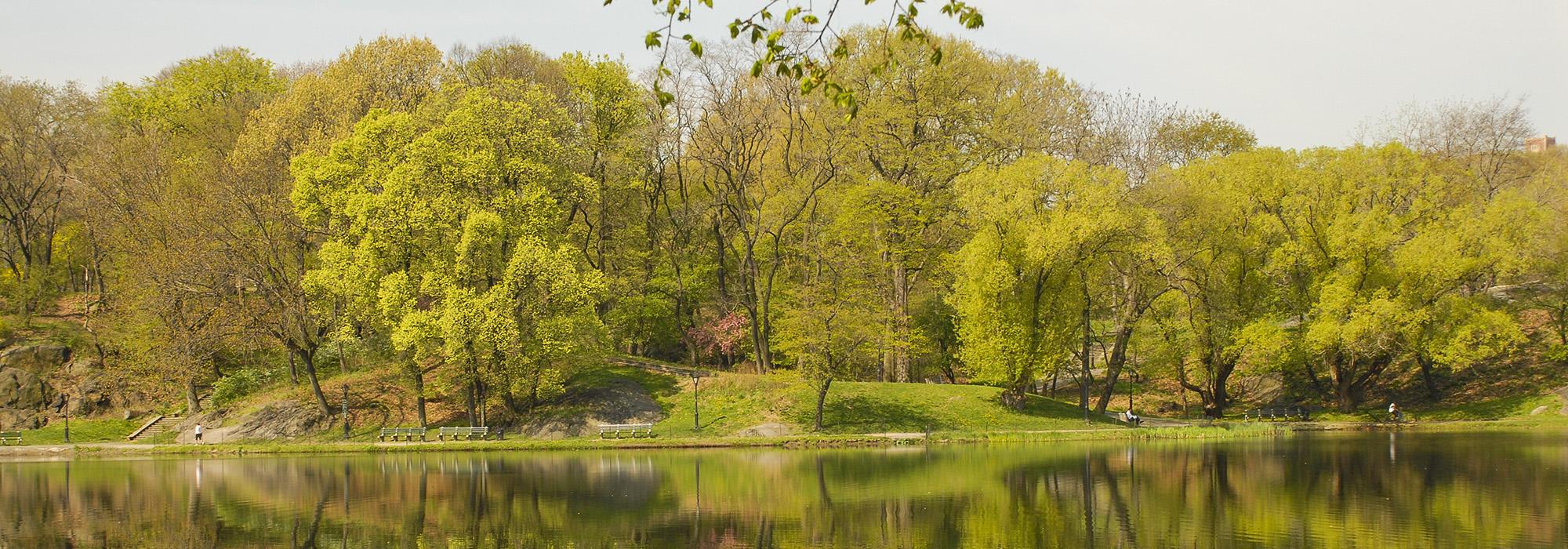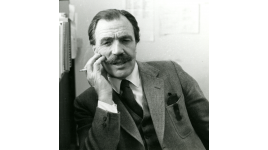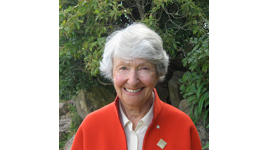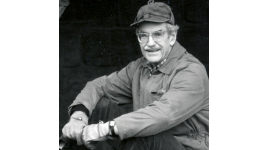Boundary Expansion

Editor's Note: The following text is adapted from a talk By TCLF's President and CEO, Charles Birnbaum, delivered on Friday, June 10, at the Landscape Architecture Foundation's Summit on Landscape Architecture and the Future, held at the University of Pennsylvania. TCLF was pleased to take part in the summit and congratulates the Landscape Architecture Foundation on its 50th anniversary.
Important questions about the cultural value of our shared landscape heritage are finally beginning to move from the province of theoretical arguments in the pages of scholarly journals to discussions in city councils, on editorial pages, in blogs, and elsewhere in the public realm. Increasingly and incrementally, the cultural value of landscape architecture is being re-evaluated as the resurrection of the nation’s urban centers continues. What role should landscape architects and the academic and educational organizations that serve them play going forward?
As I reveal and explore the fundamental issue of cultural value, an issue that has received less attention than natural resource values, or, what Ian McHarg referred to as “the ecological view” in his book Design with Nature, we must begin by recognizing that our ability to adequately assess and quantify the cultural value of landscape architecture is a work in progress. If we aspire to meet McHarg’s “quest for survival, success and fulfillment,” I suggest that a more holistic, systems-based approach to problem solving and planning is essential. This is an opportunity to fundamentally expand upon the Declaration of Concern, issued by a group of environmentally conscious landscape architects on the steps of Philadelphia's Independence Hall in 1966, and upon McHarg’s lofty vision.

In 1968, Grady Clay wrote the following in his editorial “Who Says ‘Never Look Back’?”:
To be ‘forward looking’ in our society is to march with its Establishment—even to destruction or infamy. To look backward in anger or in spirit of inquiry is discouraged by generations unconcerned with yesterday. Yet it should be clear that yesterday is crammed with environmental miscalculations and ascertainable errors, as well as successes. We would do well to admit that this country needs more formal, effective, and organized systems for reviewing and evaluating physical development and change. We need them so that we may improve our record of lousing up the landscape repeatedly, using the same tactics, making the same mistakes generation after generation with a familiar mixture of cupidity and stupidity.[i]
Now let’s step back and consider the cultural context of the Declaration itself: 1966 was the year of Born Fee, California Dreaming, and Don’t Drink the Water, and the latter was not about Flint, Michigan, but a celebrated Broadway farce by Woody Allen. Meanwhile, within the profession, Lawrence Halprin published Freeways and unveiled Lovejoy Plaza in Portland, Oregon, while back east, Riis Houses by M. Paul Friedberg opened in New York City as did Boston’s Copley Square by Sasaki, Dawson DeMay.[ii]
Exciting opportunities were in the air, reflected in ambitious projects of diverse types, scope, and scale, from the ecologically driven Sea Ranch in California and the Woodlands in Texas to reimagining the public realm in our cities with Paley Park (New York City), Nicolette Mall (Minneapolis), Golden Gateway/Sidney Walton Park (San Francisco), and the South Garden of the Art Institute of Chicago.

However, another significant development, completely absent from the 1966 Declaration, was the sweeping Historic Preservation Act of that same year. The enabling legislation recognized that “the spirit and direction of the Nation are founded upon and reflected in its historic past,” and that “the historical and cultural foundations of the Nation should be preserved as a living part of our community life and development in order to give a sense of orientation to the American people.”[iii] This consequential law, which emphasized the value of nation’s “historical and cultural foundations,” marked the inauguration of National Historic Landmarks, with designations for Niagara Reservation and Central Park. In addition, an Olmsted revival started to take hold, spurred by Man and Nature: The Olmsted Exhibition, organized at Harvard’s Graduate School of Design and curated by Professor Albert Fein, with assistance from the ASLA.
Unfortunately, despite the growing reverence for Olmsted, Fein determined that the same could not be said of our shared landscape legacy. In an October 1972 article[iv] in Landscape Architecture Magazine about a Ford Foundation/ASLA-funded “Study of the Profession” (begun in January 1969), Fein lamented “the discovery of the view of the past held by most landscape architects. According to the Gallup Survey, it is almost uniformly viewed as being of least importance in the training of a professional. . . it has not yet been accepted by this profession that it is part of a historic stream; that history is everything that happened up until a minute ago; and that in this case, therefore includes the work of such contemporaries as Halprin, McHarg, Eckbo, Sasaki, Simonds, Church and others—that a denial of history is a denial of the civilized mandate to constantly re-examine what we have done in terms of what we are and wish to become. And this failure of re-appraisal has contributed on numerous levels to the deterioration of quality in public land design. Without an adequate appreciation of history it is difficult to understand how members of any profession can view themselves as part of a humane and scientific discipline.”

As we mark the Declaration’s half-century anniversary and the impending one for McHarg’s seminal book Design with Nature,[v] the time has come for us to expand beyond our understanding of ecological systems, to include the evaluation, quantification, and assessment of the historic and cultural value of landscape architecture. It is time for our universities and professional offices to reject antediluvian divides, adopt a more holistic mindset, and place a value on our landscape heritage.
“By raising the level of awareness of the past,” Fein wisely observed, “landscape architecture will be making a substantial contribution to a more popular understanding of its present and future goals.” “History,” he continued, “can enable landscape architecture to better understand the points at which it has interacted—or failed to interact—with other organizations and/or institutions that should complement the goals and functions of the profession.”[vi]

Declaration co-signer Grady Clay noted: “A principle recommendation of the [aforementioned 1969] study [of the profession] is that landscape architecture be redefined as the art of applying scientific principles to the land – its planning, designing and management—for the public health and welfare, with a commitment to the concept of stewardship of the land.”[vii] The time has come for stewardship to embrace and incorporate natural and cultural resource values in our quest for survival, success, and fulfillment.
[ii] Re-evaluating Riis Houses in a 1999 editorial for Land Forum, Peter Walker proclaimed that for landscape architecture, this project was the equivalent of the Barcelona Pavilion.
[iii] The National Historic Preservation Act. Public Law 89-665, 89th Congress, S 3035 October 15, 1966.
[iv] Fein, Albert (1972). “A Study of the Profession of Landscape Architecture.” American Society of Landscape Architects Foundation: Alexandria, VA.
[v] According to Fritz Steiner’s biographical essay on Ian McHarg in Shaping the American Landscape (2009), “At the urging of Russell Train, then president of the Conservation Foundation, and noted ecologist Raymond Dasman, McHarg started to pull together his theories for an ecological approach in 1966.” This led to the publication of Design with Nature in 1969.
[vi] Fein, Albert (1972) “A Study of the Profession of Landscape Architecture” (American Society of Landscape Architects Foundation: Alexandria, VA), p. 41.
[vii] Ibid, p. 40.







